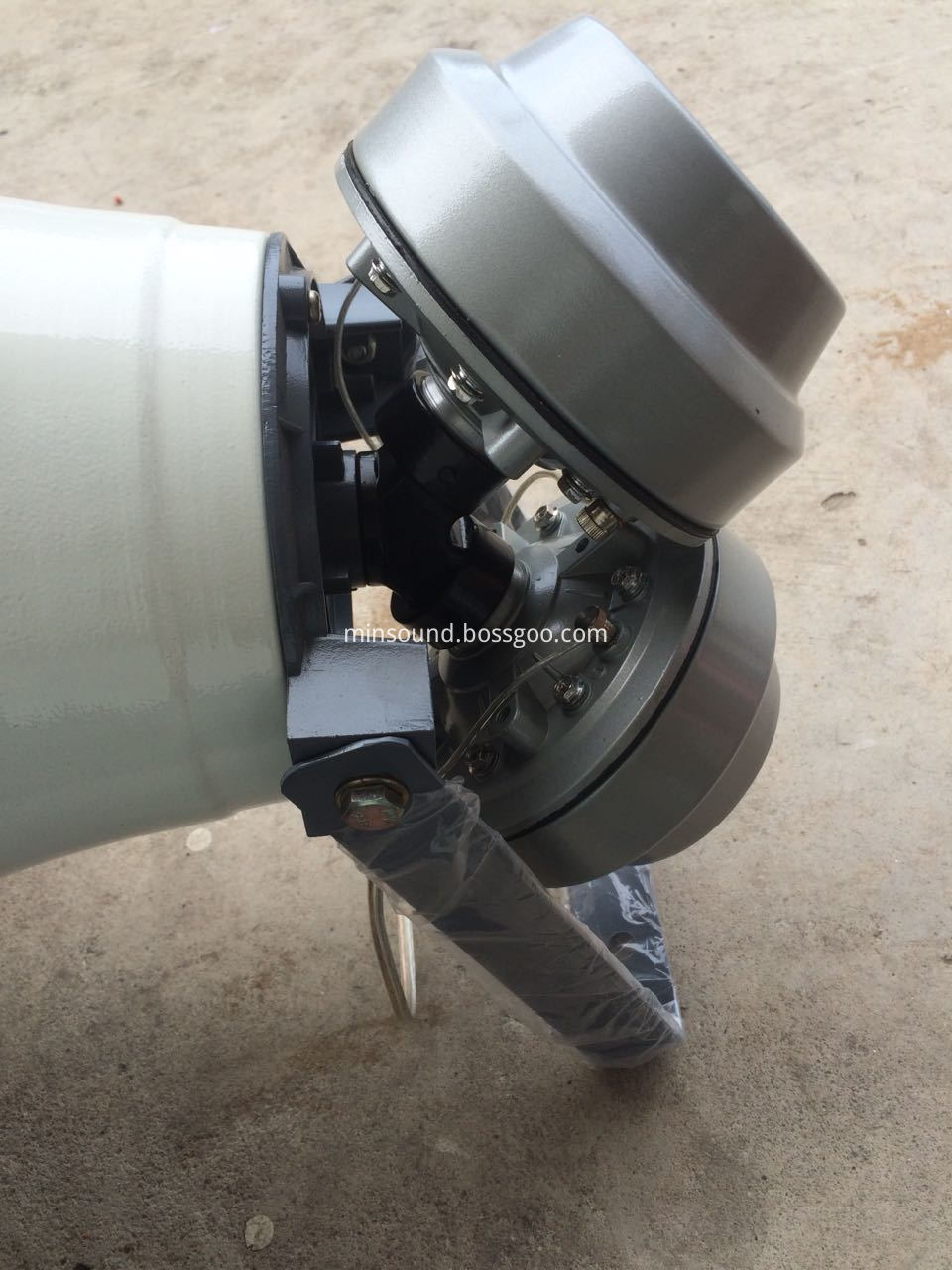The new film "Blade Runner 2049" has great appeal to science fiction fans because of its anti-utopian depiction of the future. By then, the machines can be reset and they will fall in love with smart virtual life. The film presents a darker future, and artificial intelligence (AI) can even give birth to life. Oracle Chairman Larry Ellison has said that in the era of machine learning (ML) and artificial intelligence, the employment landscape will be reshuffled, thanks to the latest autopilot cloud database recently released at the Oracle Open World Congress. . He said: "IT resources are used for open sharing to focus on machine learning, not just to fix security attacks and downtime in the database." So, although the future envisioned by "Blade Runner 2049" is still far away. But it’s no exaggeration to use Neil Armstrong’s phrase “taking a small step, which is about to become a big step for mankindâ€. Because we can easily see that today's software can predict and guide humans to make informed decisions. The new Oracle database no longer requires a drone designed by the build engineer to run the patch. It will continue to learn about the nature of the data, the automation of the query pattern, and the underlying factors and attacks on the system. In addition to Oracle, last year, the data warehouse cloud platform Panoply has also developed a standalone platform. Recently, in an open letter to Larry Ellison, Panoply CEO Yaniv Leven said that Oracle is not the first company to deploy automated machine learning on cloud computing. In a letter to the media, Yevin wrote: "Yes, the automated machine learning database is really amazing, but it is not the only one, nor the first one. So far, Panoply has more than 100 customers in North America and Europe. They do data processing based on a completely separate data warehouse (actually more than a year has passed). We cannot equate this expression with the comparison between "Panoply and Oracle" or "David and Goliath". In 2010 and 2011, relevant business reports mentioned cloud computing, and then big data began to prevail. Since then, the business model is undergoing the largest independent change. It is worth noting that the Infosys management has also undergone changes in the past few years. Until this year, the return of one of the founders, Nandan Nilekani, brought the company on the right track. We cannot look at this development in isolation, because if the Indian IT service giant wants to survive, it must fundamentally change the existing business model. Vishal Sikka is the former CEO of Infosys. He is right. "Providing services doesn't make you really make money. The real business opportunities are machine learning and artificial intelligence software." So while Indian IT companies are trying to portray their planned future new life to shareholders, in the San Francisco Bay Area, Indian companies must be aware that there are more things going on. There is no doubt that the IT industry has been commoditized, and they need a platform to lead companies into the digital age, using machine learning, deep learning and artificial intelligence to analyze data services. Walk into the 20th Gate Park Building and you'll see Facebook's entire team built around the artificial intelligence community. They have drawn flowcharts throughout the artificial intelligence section to show how the technology stack should respond to customer queries and are building small features such as facial recognition on the platform. However, Facebook's work is more than that. The 950,000-square-foot office building built by Facebook is based on personalized expression, and its invisible image reflects the independent thinking algorithm advocated by the company. From then on, it takes about 20 minutes to drive to Palo Alto or the Fashion Island Boulevard, where organizations like ScoreData and ReflekTIon use machine learning and artificial intelligence to solve problems for customers. Mathematician and computer scientist Moidin Mohiuddin is also the co-founder of ScoreData. He told reporters that it is now an absolute fact that machines are now trained to understand patterns. For example, ScoreData has built a data model to help organizations and their agents better serve their customers. “This is a simple use case. The hardest part is getting the software to follow up to understand customer behavior and answer questions based on their trading history,†he said. So what is machine learning, deep learning, and artificial intelligence? Machine learning refers to giving machines a task, while deep learning understands patterns and understands how information is constantly updated. At the same time, artificial intelligence allows algorithms to be constantly revised and changed. Amar Chokhawala, founder of ReflekTIon, said: "It's like a child now understands the hidden dangers and prevents them from happening." Amar's company uses machine learning to predict the user's intention to enter the site, suggesting that the transaction be closed or further interacted with the customer. . Looking at the Indian counterparts, "software as a service" has become a major trend, and today's chat bots are part of this service. But every time there must be a patch, because these are rule-based engines, so human intervention is high. Naganand Doraswamy, founder of IdeaSpring Capital, said: "Indian startups should keep in mind that for global companies to solve problems, technology must be used by customers and must benefit." On the other hand, India's software ecosystem is the maintainer and server of accounts. With self-management platforms like ScoreData and ReflekTIon, manual maintenance becomes redundant, and talent is drawn to technology development. Will this be a problem? Oracle CEO Mark Hurd said that this will not be a problem. He added: "Cloud computing can reduce resource consumption and increase efficiency." Indian IT companies are indeed constantly innovating. However, today's cloud technology and platform revenues still account for less than 10% of total IT company revenue. Ravi KumarS, Deputy Chief Operating Officer and Director of Infosys, said: "We will continue to invest heavily in artificial intelligence to use it to streamline work and reimagine the business future." This year, Infosys announced the launch of their artificial intelligence platform - Infosys Nia, new A generation of artificial intelligence platforms are combined with big data analytics, machine learning, knowledge management and cognitive automation capabilities. The NIA AI platform continues to play a dual role in the future of IT services—automating day-to-day operations and maintaining part of Infosys' portfolio, leveraging knowledge, data and insight to solve customers' most complex business challenges, thereby driving business value. Upgrade. The industry is clearly trending towards cloud technology. Gartner has predicted that India's cloud service ecosystem will undergo major changes. Gidner research director Sid? Nag said: "The global public cloud market is gradually entering a stable period, with a growth rate of 18% in 2017 and then gradually slowing down in the next few years." Some organizations are still studying the specific location of cloud computing technology in their overall IT strategy to achieve cost optimization and move toward transformation. Gartner predicts that by 2020, the adoption strategy of cloud computing will affect more than half of IT outsourcing transactions. The largest market will be the SaaS market, which will double in size to $75 billion by 2020. As a result, artificial intelligence and machine learning will bring the greatest benefits with the construction of the platform and infrastructure. Manoj Karanth, co-Vice President of Electronic Mindtree Ltd., said: “No matter what size of business, customers are reluctant to wait for more than three months on business insights that are not conducive to the progress of the project.†He added that Mindtree will recommend adoption of the use case. The leading method of sorting out the data needed to solve business kpi and scenarios, while gradually improving the data. He said: "When this happens, always adopt a platform-based perspective and build similar use cases for gradual strengthening." Manoj added that according to Mindtree, for start-ups with limited budgets, the common best practice is to choose cloud-based services as the optimal core platform and focus on the architecture that separates storage from computing. Get an optimized operating expense system with testing and learning capabilities. However, it is undeniable that Indian IT stocks have been hit hard by lack of innovation. On October 13 this year, Infosys' share price fell from Rs 10,38 per share a year ago to Rs 929 per share. Even Wipro fell from 441 rupees a year ago to Rs 291.70 per share. This shows that the value proposition of the entire industry is changing. It is time for Indian startups and companies to innovate globally. Unfortunately, the number of paying customers in Indian companies is very small. ReflekTIon's Amar said: "It's no wonder that the American entrepreneurial ecosystem is booming because most of their small and large companies are willing to use technology." India follows the general trend of the United States. However, due to its large engineering talent base, it no longer needs to do this. India can start developing software for its own problems. They must cross two obstacles: getting business from an Indian business and ultimately getting paid for the services they pay. Vasudev Bhandarkar, founder of ScoreData, said: “This is where the Indian ecosystem can learn from the US. For any startup, when they get results in the experimental phase, getting the benefits of the services they pay is the key to success. †Perhaps it is time to focus on machine learning and artificial intelligence from the perspective of India, independent of Western development. They are drawing a blueprint for the IT industry without human control for the future of the business. This series can connect two Driver Unit,so it is more powerful, not easy to burn out ,this driver unit connector is made of all-aluminum material, firm and wear-resistant, anti-freeze and anti-pressure, durable, , easy to install, long service life is also its strong point.it can also be used for HS200-02. Driver Unit connector,Driver Unit Y Adapter,Compression Driver Y Adapter,Aluminum Y Adapter Taixing Minsheng Electronic Co.,Ltd. , https://www.ms-speakers.com

March 09, 2023